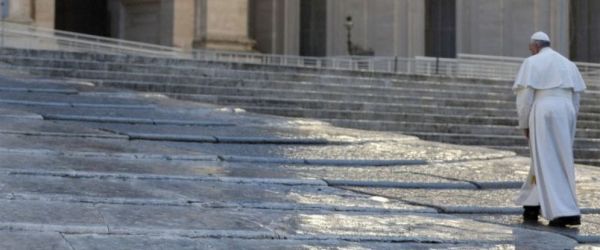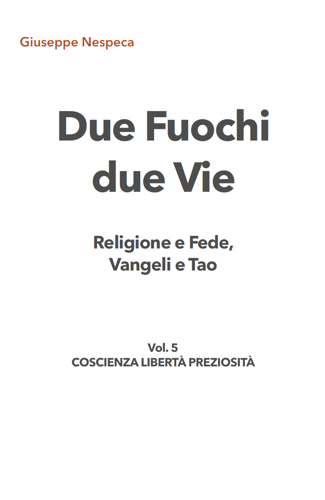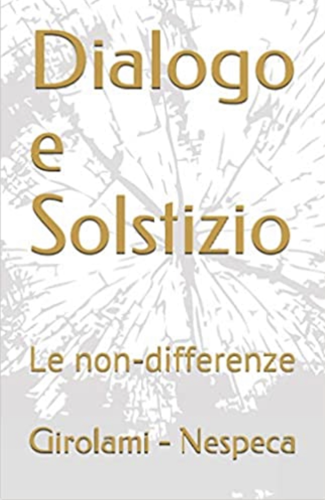Today we are celebrating the Feast of the Presentation of the Lord: when the infant Jesus was presented in the Temple by the Virgin Mary and Saint Joseph. Today is also World Day of Consecrated Life which recalls the great treasure in the Church of those who follow the Lord assiduously, by professing the evangelical counsels.
The Gospel (cf. Lk 2:22-40) narrates that 40 days after his birth, Jesus’ parents took their child to Jerusalem to consecrate him to God, as prescribed by Jewish Law. And as it describes a rite prescribed by tradition, this event brings to our attention the behaviour of some of the protagonists. They are caught at the very moment they experience the encounter with the Lord in the place where he makes himself present and close to mankind. They are Mary and Joseph, Simeon and Anna who are examples of welcome and offering as they offered their own lives to God. These four were not the same. They were all different but they all sought God and allowed themselves to be guided by the Lord.
The evangelist Luke describes all four of them in a twofold attitude: the attitude of movement and the attitude of wonder.
The first attitude is movement. Mary and Joseph head towards Jerusalem: meanwhile, moved by the Spirit, Simeon goes to the Temple, while Anna tirelessly serves God day and night. In this way the four protagonists of the Gospel passage show us that Christian life requires dynamism, and it requires a willingness to walk, allowing the Holy Spirit to guide one. Immobility suits neither Christian witness nor the Church’s mission. The world needs Christians who allow themselves to be moved, who do not tire of walking on life’s streets, to bring the comforting Word of Jesus to everyone. Every baptized person has received the vocation to proclaim — to proclaim something, to proclaim Jesus — the vocation and mission to evangelize: to proclaim Jesus! Parishes and various ecclesial communities are called to foster the commitment of young people, families and the elderly so that everyone can have a Christian experience, living the Church’s life and mission as protagonists.
The second attitude with which Saint Luke presents the four protagonists in the narrative is wonder. Mary and Joseph: “marvelled at what was said about him” (v. 33). Wonder is also an explicit reaction of the aged Simeon, who sees with his own eyes in the Child Jesus the redemption of God for his people: that redemption which he had awaited for years. And the same is true of Anna who “gave thanks to God” (v. 38) and went about pointing Jesus out to the people. She was a saintly chatterbox. She talked well, she talked of good, not bad things. She spoke, she announced: a saint who went from one woman to the next, making them see Jesus. These figures of believers were wrapped in wonder because they allowed themselves to be captivated by and involved in the events that occurred right before their eyes. The ability to be amazed at things around us promotes religious experience and makes the encounter with the Lord more fruitful. On the contrary, the inability to marvel makes us indifferent and widens the gap between the journey of faith and daily life.
Brothers and sisters, always [be] on the move and open to wonder!
May the Virgin Mary help us to contemplate every day in Jesus, God’s gift to us, and to allow ourselves to be engaged by him in the movement of the gift with joyful wonder so that our whole life may become a praise to God in the service to our brothers and sisters.
[Pope Francis, Angelus 2 February 2020]












